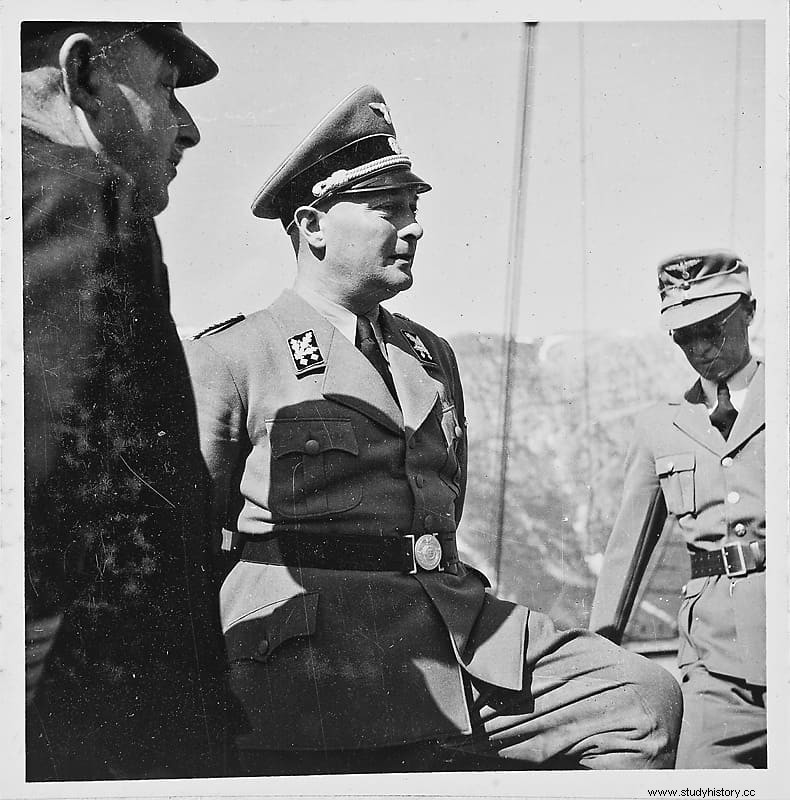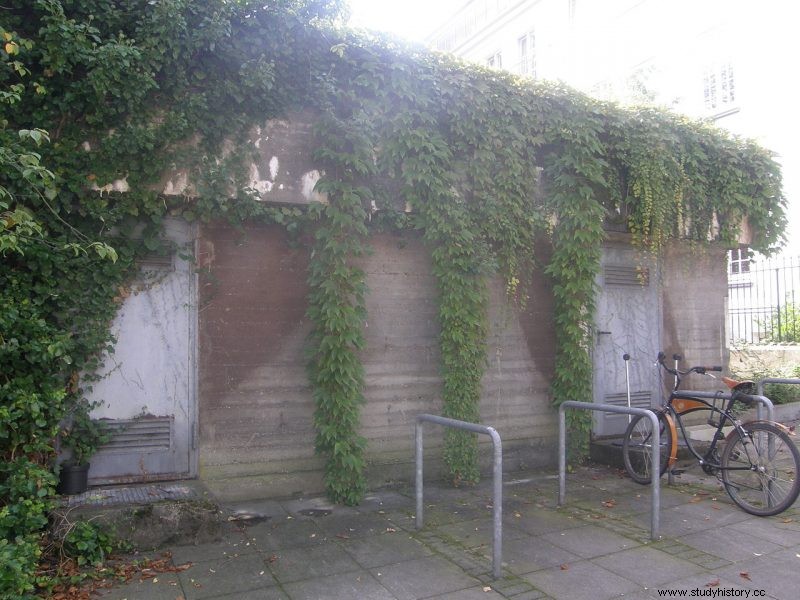The so-called Villa Budge was built by local shipowner Ivan Gans in 1884 in a secluded neighborhood in the center of Hamburg. The house was sold in 1900 to the American banker Henry Budge, from whom it took its name to this day.

The villa was expropriated from the banker's widow, who was of Jewish origin. In 1938 the local administration of the Nazi party installed in the old Villa Budge the residence of the Gauleiter of the city, Karl Kaufmann. Kaufmann had joined the party in 1922 and already in 1925 he had become Gauleiter for the North Rhine region. In 1929 he was appointed Gauleiter of Hamburg.
Kaufmann amassed various titles during the Nazi regime, becoming the most powerful person in Hamburg. Due to his privileged position he was a witness at the Nuremberg trials. After the war he was confined only for 4 years. In 1949 he was released for health reasons, which did not prevent him from living peacefully and developing a successful business career until his death in the same city of Hamburg in 1969.

Between 1939 and 1940 an anti-aircraft protection bunker was built in the gardens of the Villa for the Gauleiter and his government team. After the war the villa was used by the British occupation forces. It was first a war hospital to later become an officers' casino.

In 1956 the British authorities returned the villa to the city. Since then the former Budge residence has housed a music conservatory. The protection bunker from the Nazi Germany period is still standing and can be visited through the Hamburger Unterwelten association.
How to get to Budge village
Villa Budge today is occupied by the Hamburg School of Music and Drama. To get there we can take the U1 subway line to Hallerstraße station.
